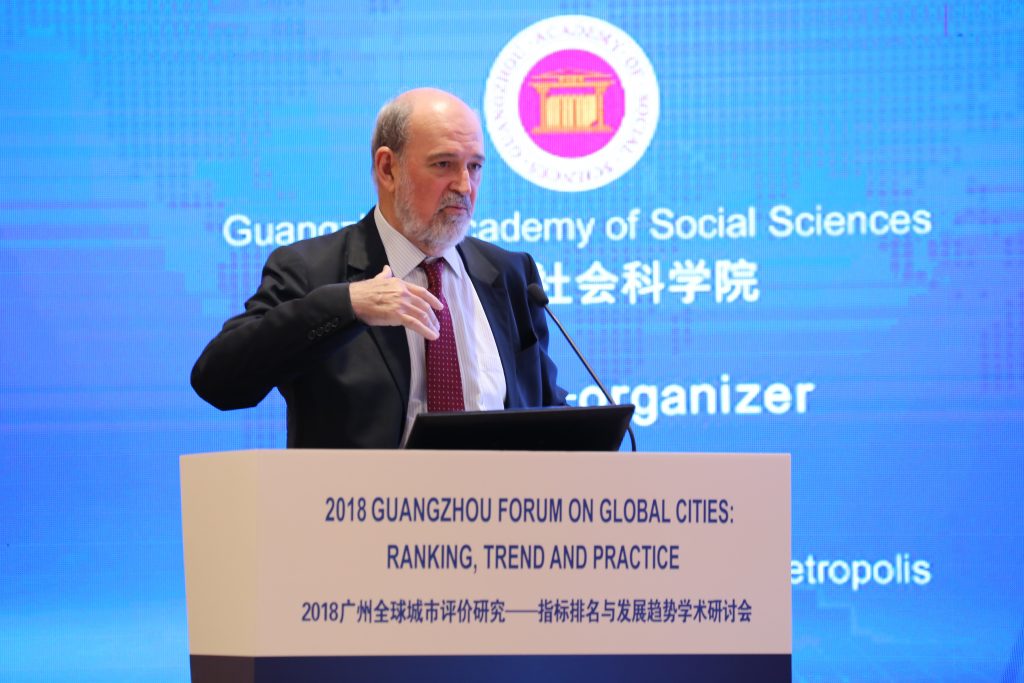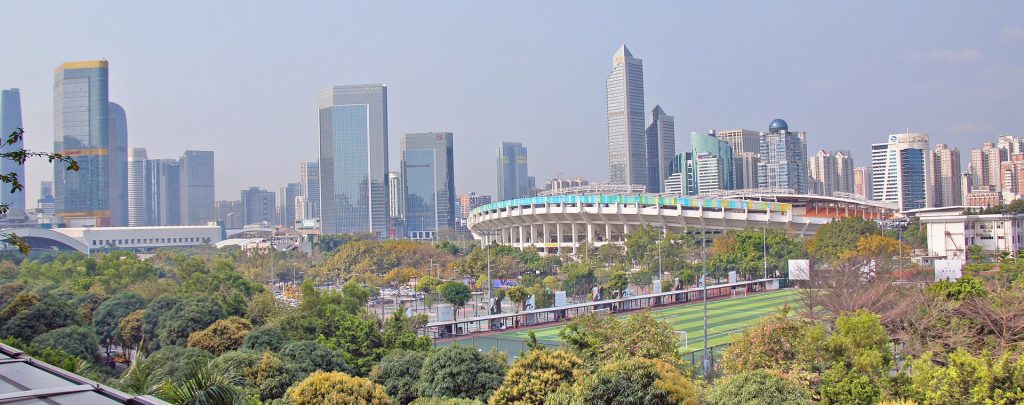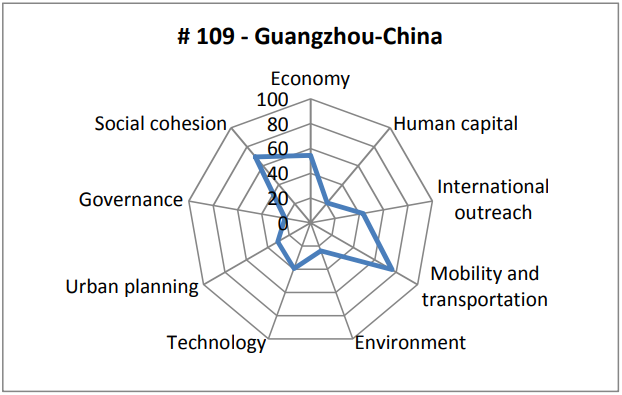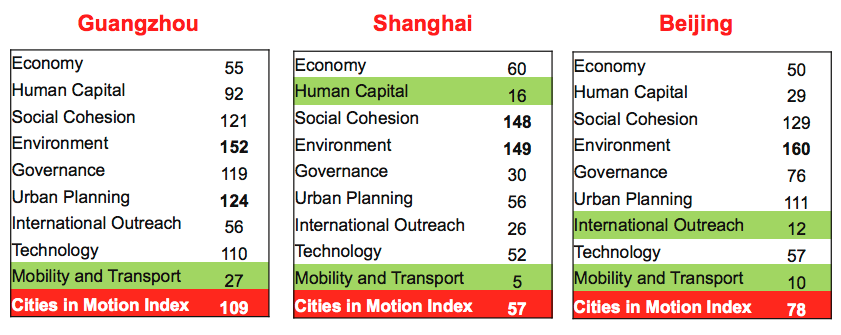
BY JOAN ENRIC RICART AND ANA ISABEL DUCH
During the last decade, the Chinese city of Guangzhou has been endeavoring to build an internationalized metropolis. In its recently released 2035 Master Plan, Guangzhou aims at becoming a dynamic and vibrant global city. To move towards this objective, the Guangzhou Academy of Social Sciences (GZASS), a leading think tank in southern China that provides policy consultancy for the City of Guangzhou, organized an international forum on Global City research and practice to discuss strategies and exchange approaches and best practices with world leading research organizations on global city indexes and rankings, including IESE Cities in Motion.
Guangzhou Forum on Global Cities
The IESE Cities in Motion Team, in particular Prof. Joan E. Ricart, had the great opportunity to attend the “2018 Guangzhou Forum on Global Cities: Ranking, Trend and Practice”, an international forum on Global Cities that took place in Guangzhou (China) on May 24-26, 2018. The Guangzhou Academy of Social Sciences (GZASS) together with the World Association of the Major Metropolises (METROPOLIS) organized the event.

Prof. Joan Enric Ricart, academic co-director of IESE Cities in Motion, took the stage with the presentation titled “From Smart City to Smart Governance: A Change in Paradigm”. He presented the results of the latest edition of our IESE Cities in Motion Index 2018 and highlighted the need for a paradigm shift from “technology-focused” approaches to “smart governance” and strategic planning.

The City of Guangzhou
Guangzhou, historically known as Canton, is the capital and most populous city of the province of Guangdong in southern China. With a population of some 14 million people, this “megacity” is one of the largest Chinese metropolises by population. Guangzhou is situated at the heart of the most-populous built-up metropolitan area in Mainland China and one of the largest urban agglomerations on the planet, the Pearl River Delta Metropolitan Region, together with other major cities such as Foshan, Dongguan, Shenzhen, Macau and Hong Kong.

In the past several decades, Guangzhou has experienced an accelerated urbanization process, moving from a population of around 1 million people in 1950 to some 14 million inhabitants in 2018 – and it is expected to continue growing to over 18 million people.
Additionally, the city has a booming economy that has grown at an average annual rate of 13% over the past decades. Being one of China’s leading commercial and manufacturing regions, the city’s Gross Domestic Product (GDP) in 2017 exceeded US$300 billion. Moreover, Guangzhou is a port city that has long been a hub for foreign trade and international businesses.
However, this exponential urbanization growth has resulted in a number of challenges such as traffic problems, overcrowding, and issues of insufficient provision of services, infrastructures and resources to an increasing number of people. These are important challenges that the city is currently facing.
Guangzhou in the IESE Cities in Motion Ranking
The city of Guangzhou ranks in position number 109 in the overall ranking of the Cities in Motion Index 2018.

Mobility and Transportation (#27), Economy (#55) and International Outreach (#56) are the dimensions where Guangzhou performs better. On the other hand, the dimensions where the city performs worse are: Social Cohesion (#121), Urban Planning (#124) and the Environment (#152).
Figure 2 below exhibits the results of the IESE Cities in Motion Index 2018 by dimension for Guangzhou together with the two largest cities of China by population: Shanghai and Beijing.

The way forward
As we have mentioned, the Government of Guangzhou set up the target to build a leading global city with Chinese characteristics.* The aim is to move from a hub-type city to a leading global city. This vision has specific goals such as promoting the Greater Bay Area; building a Hub-Network city; becoming an international science and technology innovation hub; improving foreign trade efficiency; or to expand international communication.
Have you ever been to Guangzhou? What do you think about Guangzhou’s Global City Strategy? Let us know in the comments section below!
* Guangzhou Global City Development Report 2018 – Guangzhou Academy of Social Sciences
the information you have updated is very good and useful,plse update further.
ReplyDeleteif you required any info regarding TAX & GSTR please visit
GST consultants in Bangalore
Company registration in Bangalore
Company name regstration in Bangalore
Auditors in Bangalore
GST Registration Consultants in Bangalore
Provident Fund Consultants in Bangalore
Tax Return Filing in Bangalore
AgentsCompany Registration in Bangalore
ConsultantsFood Safety License in Bangalore
ConsultantsGST Return Filing Services in Bangalore